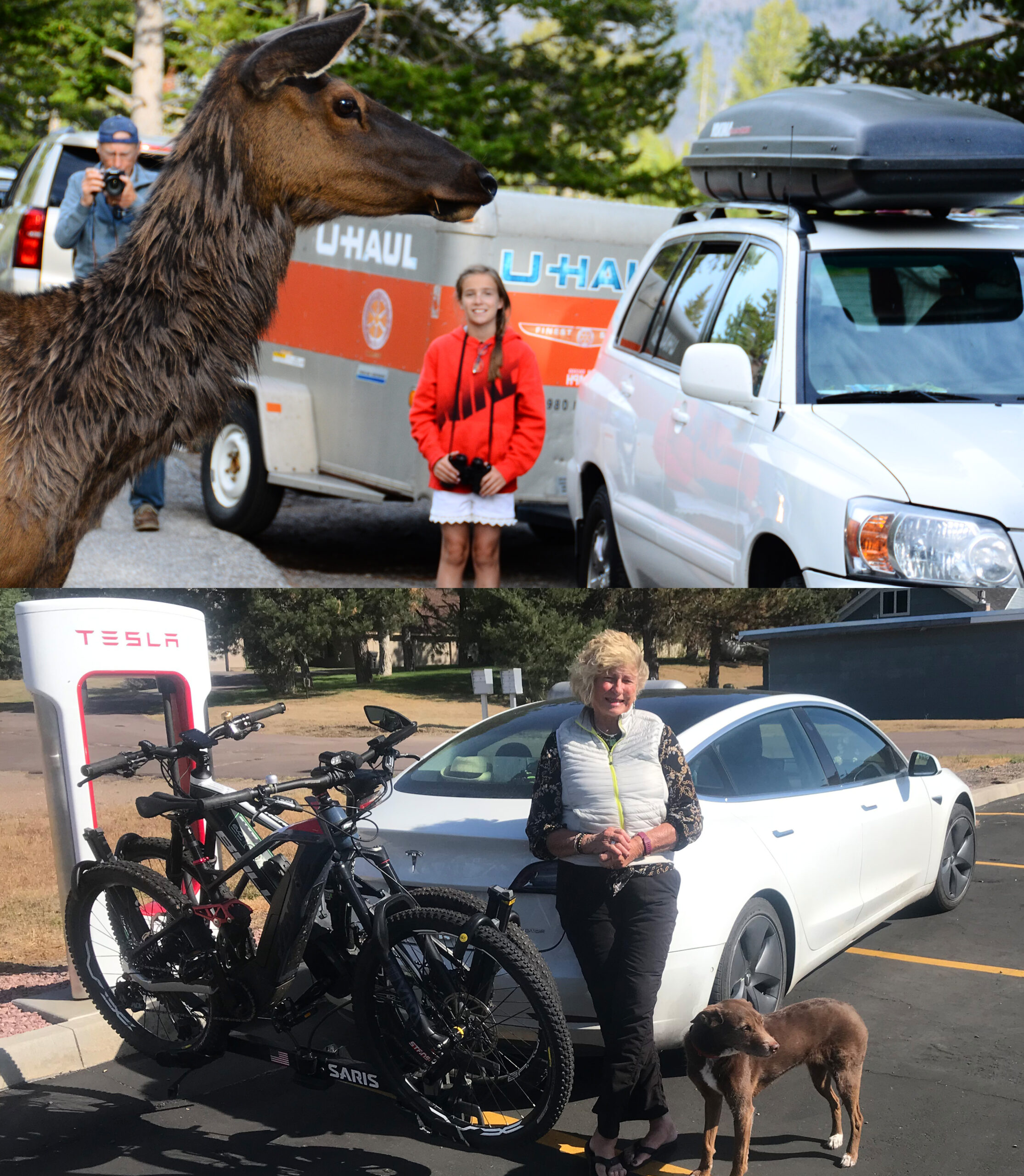Sign up for daily news updates from CleanTechnica on email. Or follow us on Google News!
Electrify America recently released a report on progress made in California. In the report, the company updates us on how the charging network is doing, what it plans to do next, and some challenges EA has run into.
Why release a report? Well, there’s no nice way to bring up a bad past, but it must be done in this case. It’s all about Dieselgate. As part of the settlement over diesel emissions, Volkswagen had to agree to build a charging network nationally, but the company had some additional obligations to California CARB. In addition to spending billions on charging stations, EA has to regularly report to the state on progress.
But, the company’s designers actually do a pretty decent job with these reports. Most people treat a government-mandated report as something they’d slop together in MS Word or Powerpoint, and then send it in, probably printed in black-and-white and at low quality to save on more expensive color ink. Electrify America actually made the report look good, complete with explanatory graphics on some subjects. So, it’s actually worth checking out.
First, EA had to brag on themselves. The report claims EA is the “most powerful open DC fast charging network in the U.S.” That makes sense, but only if you consider that Tesla isn’t (yet) an open network. Also, EA could be talking about charging speeds, where the company has an edge for now. Electrify America also point out that it’s investing (after a court order) $2 billion in EV charging infrastructure, and building a bunch of stations.
In Q3 2023, the company upgraded 14 existing charging stations and opened two new ones. As you may know, these upgrades were necessary because earlier-generation stations sucked. They just couldn’t handle the increased load of higher EV adoption, and they’ve been pretty flaky. Newer stations should perform better.
The company also dispensed 872 MWh of power at multi-unit dwellings (like apartments) during the quarter. So, the company is making an effort to make EVs accessible to people who don’t have their own driveways. Specifics weren’t given, but the company says that growth in charging sessions across the state continued. EA also worked to help install over 50 chargers dedicated to fleet use in the state, including the Port of Long Beach.
Altogether, this brings the company’s installed charging stations to 255. A further 8 are complete but not powered on yet. 8 more are in construction. Nine other stations are pending permits.
But, the report does take California to task for not making the process of station building easier. For one, the average cost of permitting, design, and construction is 36% higher than the national average. It also takes an average of 86 business days to get a permit, compared to 69 days on average. The company would really like to do permits in 35 days, and there’s a new law that requires faster permitting in the state.
Another thing EA bragged on was being carbon neutral. The company uses battery storage systems to make more sessions be powered by renewables. There’s also the Solar Glow 1 solar farm in San Bernardino County that helps offset the company’s power usage. There are also off-grid solar-powered stations in rural California that are 100% renewable powered.
The company also worked on some heavy duty Green City initiatives. In Long Beach and Wilmington, several stations were installed to power heavy duty fleets. This involved dozens of charging stations and megawatt-hours of battery storage. In Sacramento, Electrify America installed 65 chargers, assisted with utility energy storage, and helped electrify several transit systems.
As we know, the network still needs a lot of reliability work, but the company did make a lot of progress in the last quarter. Hopefully we see even more when this quarter’s report comes out.
Featured image by Electrify America.
Have a tip for CleanTechnica? Want to advertise? Want to suggest a guest for our CleanTech Talk podcast? Contact us here.
Our Latest EVObsession Video
I don’t like paywalls. You don’t like paywalls. Who likes paywalls? Here at CleanTechnica, we implemented a limited paywall for a while, but it always felt wrong — and it was always tough to decide what we should put behind there. In theory, your most exclusive and best content goes behind a paywall. But then fewer people read it!! So, we’ve decided to completely nix paywalls here at CleanTechnica. But…
Thank you!
CleanTechnica uses affiliate links. See our policy here.



